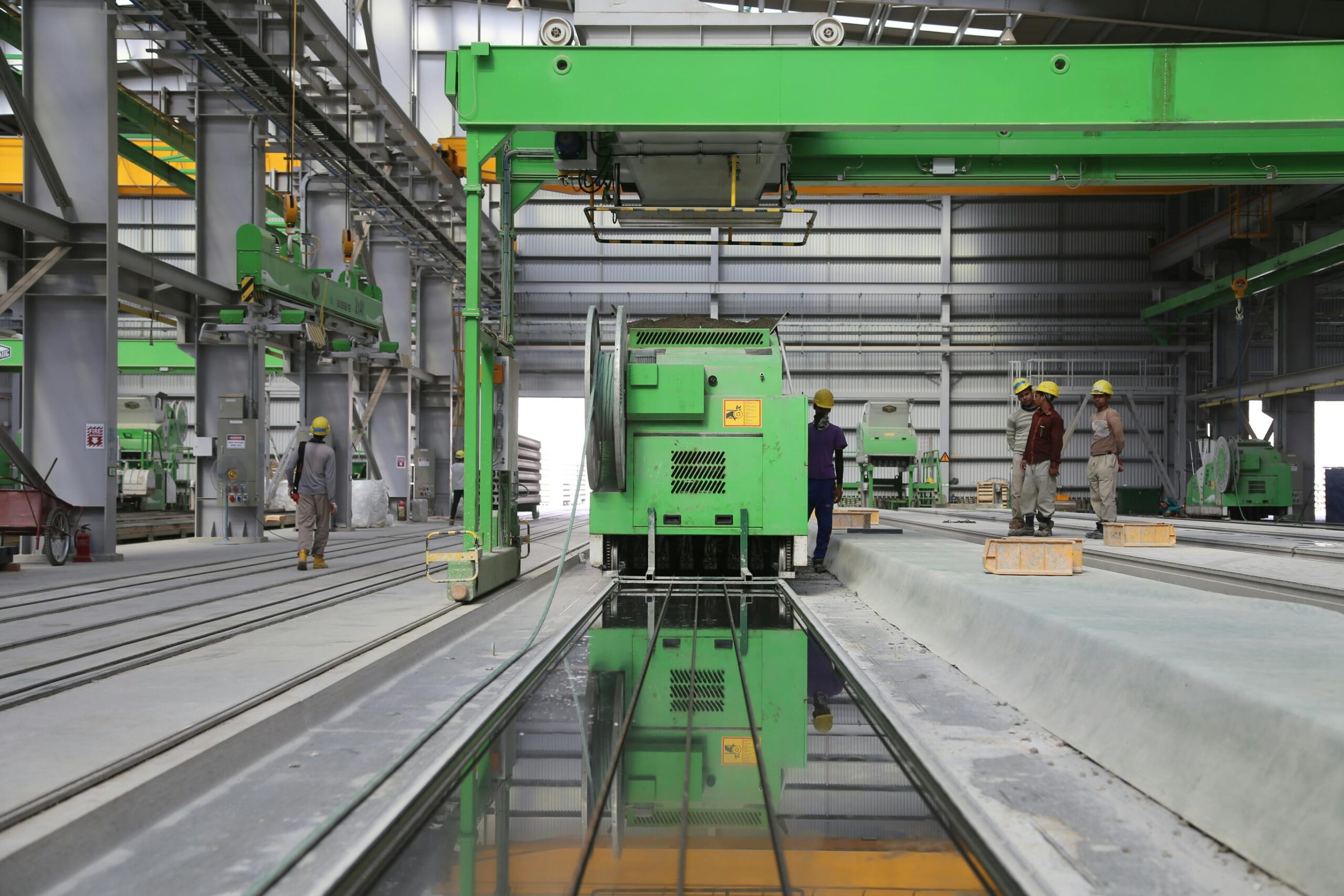If you’re running a small or mid-sized manufacturing business in 2025, the MES vs ERP debate is more than just software jargon; it’s a decision that can shape your shop floor’s productivity, budget, and future growth. This guide is built for small manufacturers like you, offering a decision framework based on budget, scalability, and shop floor visibility.
In our previous blog, we broke down the technical differences between MES and ERP. This time, let’s skip the jargon and talk about how to actually choose, based on your factory size and budget.
1. Manual Tracking and Paper-Based Systems
Relying on paper-based processes in today’s fast-paced manufacturing world is like navigating with a paper map in the GPS era. It works, but it’s painfully slow and prone to mistakes.
When operators track production stages on clipboards or scattered Excel sheets:
- Data gets lost or delayed before it reaches the right decision-makers.
- Human errors creep in from illegible handwriting to skipped entries.
- Real-time visibility is impossible, meaning small issues turn into big delays before anyone notices.
The result? You only discover missed deadlines when it’s too late to fix them. A digital-first approach, where every step is recorded and visible instantly, ensures your team can spot issues the moment they occur.
2. Poor Production Scheduling
A great product can still suffer delays if the schedule is a mess.
When scheduling is done manually or with outdated tools, here’s what typically happens:
- Bottlenecks build up because multiple orders fight for the same machine or resource.
- Priority orders push others back, creating a chain reaction of delays.
- Unexpected changes like an urgent order throw the entire schedule off balance.
Without dynamic scheduling that updates in real time, production teams are constantly playing catch-up instead of staying ahead.
3. Lack of Real-Time Order Visibility
Think of real-time visibility as your factory’s central nervous system, it keeps everything connected and responsive. When you don’t have it:
- You can’t track the exact order status without calling or emailing someone for updates.
- Quality issues are only discovered after products reach final inspection.
- It’s nearly impossible to predict delays early and reallocate resources in time.
With systems like Traveler MES, managers can pull up any order’s location, progress, and quality data instantly, making it easier to make smart, timely decisions.
4. Unplanned Downtime
Unplanned downtime isn’t just inconvenient, it’s expensive and disruptive.
This could be caused by:
- Equipment breakdowns are due to poor maintenance tracking.
- Operator absences that weren’t accounted for in the schedule.
- Material shortages occur when procurement misses reorder points.
Each unexpected halt doesn’t just stop one task; it can disrupt the entire chain of dependent processes, pushing deadlines further out.
5. Quality Issues and Rework
Rework is like taking two steps forward and one step back. Not only does it consume time and materials, but it also eats into customer trust. Common causes include:
- Inconsistent work instructions.
- Lack of standardized quality checks during production.
- Poorly trained staff or unclear communication of requirements.
By embedding quality checks at each stage and providing clear, digital instructions, you can catch mistakes before they snowball into deadline-killers.
6. Inefficient Communication Across Teams
If your production floor, planning department, and procurement team aren’t in sync, delays are inevitable. Signs of poor communication include:
- Operators are waiting for approval or clarification before continuing work.
- Managers are unaware of machine breakdowns until hours later.
- Procurement learning about material shortages only after production stalls.
Centralized, real-time communication tools can keep everyone on the same page literally reducing wasted time.
7. Inventory Mismanagement
Poor inventory control often means you either run out of crucial materials or overstock items that tie up cash flow. Both scenarios affect delivery timelines.
Typical issues include:
- No clear view of current stock levels.
- Inaccurate demand forecasting leads to surpluses or shortages.
- Slow replenishment cycles due to manual reorder processes.
Digitally managed inventory with automated reorder alerts ensures materials are available right when you need them.
8. Overlooking Operator Efficiency
Even with the best machines and materials, skilled operators make or break production timelines. Delays often stem from:
- Poor training or onboarding.
- Unclear or inconsistent task instructions.
- Assigning operators to jobs that don’t match their strengths.
Tracking operator performance can help managers provide targeted training, improve task assignments, and boost overall efficiency.
Bottom Line
Choosing between MES and ERP in 2025 isn’t about which software is “better.” It’s about what your factory needs right now and what it can handle without breaking the bank or burning out your team. If your biggest challenge is what’s happening on the shop floor, start with MES. If your bottleneck is information flow across the entire company, ERP is your ticket.
If you’re still weighing MES vs ERP for small manufacturers in 2025, our team can walk you through real-world ROI examples from businesses like yours.
Frequently Asked Questions
Q1: What is MES in manufacturing?
Manufacturing Execution Systems (MES) manage and monitor production in real time from orders to machines to quality checkpoints, giving you full control of the shop floor.
Q2: What is ERP in manufacturing?
Enterprise Resource Planning (ERP) systems integrate business functions finance, HR, inventory, and procurement, into one platform for cohesive data and operations.
Q3: Which is better for small manufacturers, MES or ERP?
If your challenges are on the shop floor workflow inefficiencies, poor visibility start with MES. If your issues span departments, finance, logistics, and HR, ERP may be more suitable.
Often, a phased MES → ERP path works best.
Q4: How much does MES cost in 2025?
Costs vary by scope, vendor, and deployment model, but consider ROI. MES often boosts operational efficiency by 20–30% after rollout.





